Educational community - Museo de Pontevedra
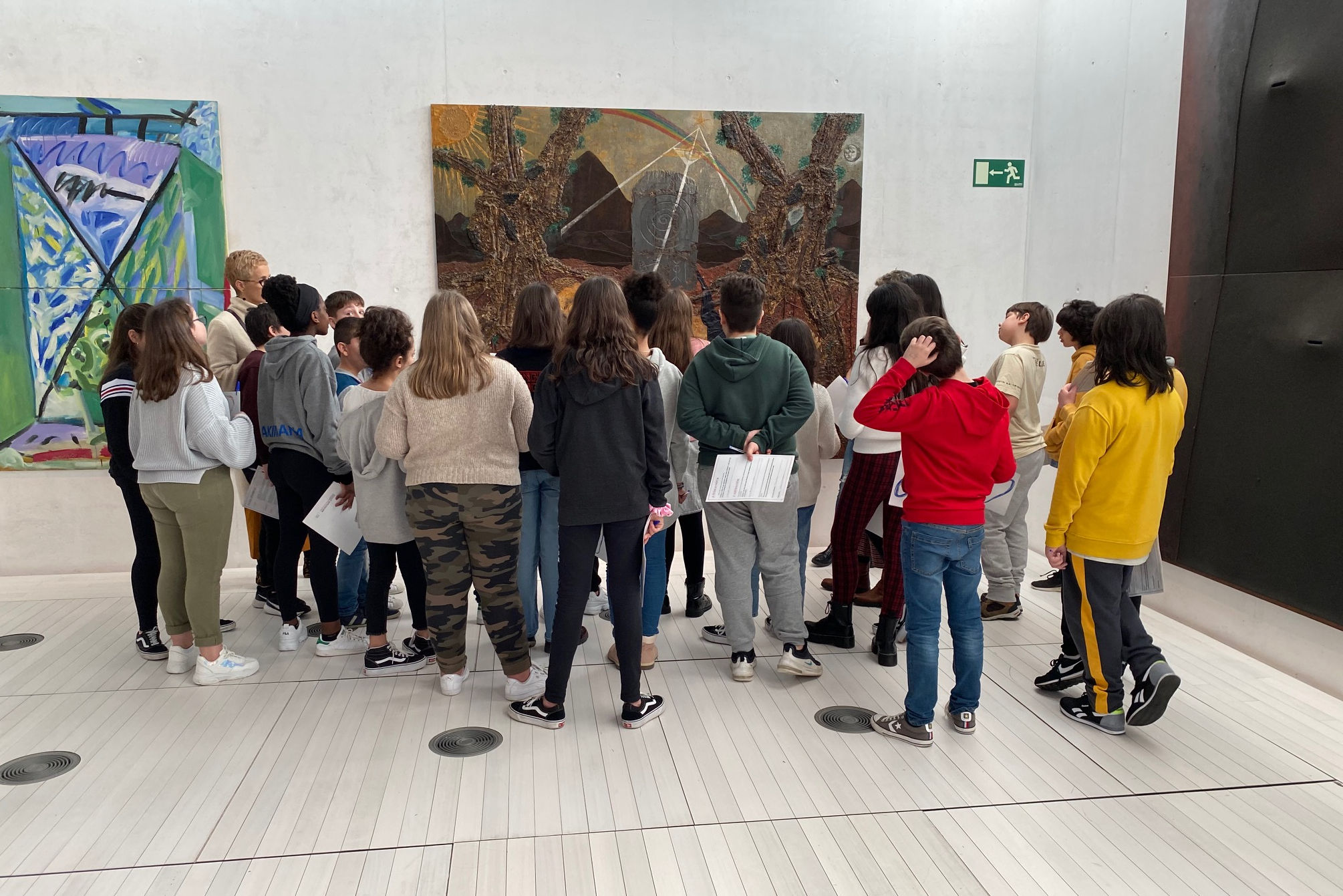
Educational community
The Museum is a privileged setting for the development of educational activities. The Education Department promotes dialogue and mediation with teachers, educators and students to develop new proposals that turn the museum into a space from which to generate cross-cutting participatory learning experiences.
The school programme aims to meet the needs of the educational community from Nursery to Baccalaureate levels, through a heterogeneous set of visiting modalities and activities that are adapted to the different educational levels. Through them we seek to bring the visitor closer to the Museum's collections, which is why the proposals are developed mainly in the field of Archaeology and Fine Arts. Castelao's work plays an important role in our school programme because of his close links with the Museum of Pontevedra and the importance of this figure for the history of Galicia.
The schools of the province of Pontevedra can apply for the transport aid programme ‘Get to know the museum!’, through which the Deputación de Pontevedra (Provincial Council of Pontevedra) finances one bus per school during the calendar year until the budget is exhausted. It is aimed at schools located in this province, from the second year of infant education to secondary education, including vocational education and training. Urban schools and those that have already received this aid during the current calendar year will be excluded. Click here for further information.
For children in Nursery Education who come to the Museum for the first time, we present educational proposals based on collaborative learning and experimentation. They will discover the Museum and its collections from a fun, participatory and creative perspective. The proposals combine workshops and short visits to a selection of unique works and they will enjoy a very rich space.
-
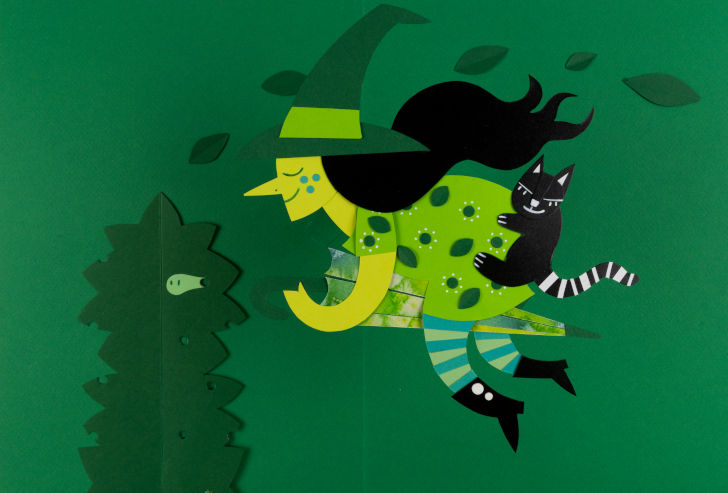 A bruxa das cores (The Colourful Witch)
A bruxa das cores (The Colourful Witch)Nursery Education
Through the story A Bruxa das Cores, the little ones will work on socio-emotional education thanks to the protagonist of this story who feeds on colours.
60 minutes
-
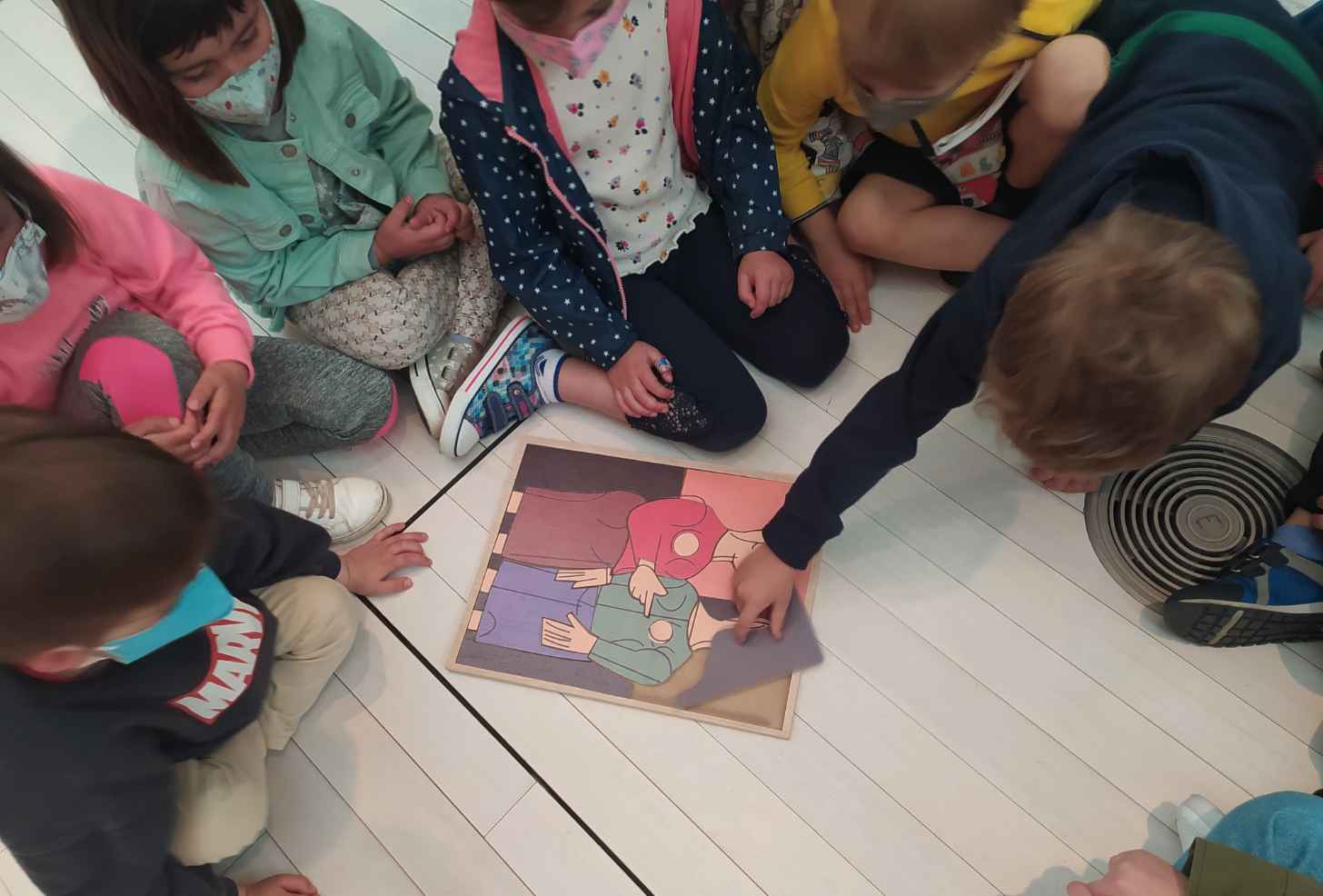 Mira que te miro (Look, I’m looking at you)
Mira que te miro (Look, I’m looking at you)Nursery Education
Participatory visit aimed at learning to observe a work of art, generating stimuli that help to experiment with the senses: sight, touch and hearing. By recognising the story behind them and building new stories, we create bonds and affection for art from a very early age.
60 minutes
-
 Trea, a miña amiga da Prehistoria (Trea, my Prehistoric friend)
Trea, a miña amiga da Prehistoria (Trea, my Prehistoric friend)Nursery Education
A dynamic visit led by Trea, a doll who has travelled through time to tell us what daily life was like thousands of years ago. With her help, using archaeological replicas and playing with popular legends, we will learn more about some of the significant archaeological materials exhibited in the Museum and we will be able to see why they are so important.
60 minutes
For primary school pupils we offer dynamic visits with a focus on interaction and conversation. Individual observation and group interaction make up our learning... The proposals combine different activities such as workshops and short visits to the most singular works.
-
 Vou ó Museo (I’m going to the Museum)
Vou ó Museo (I’m going to the Museum)Primary Education (1st and 2nd)
Participatory visit with the aim of learning to observe a work of art, creating stimuli that help to experiment with the senses: sight, touch and hearing. By recognising the story behind them and building new stories, we generate bonds and affection for art from a very early age.
60 minutes
-
 Mira que te miro (Look, I’m looking at you)
Mira que te miro (Look, I’m looking at you)Mira que te miro (Look, I’m looking at you)
Primary Education (1st and 2nd)
Participatory visit with the aim of learning to observe a work of art, creating stimuli that help to experiment with the senses: sight, touch and hearing. By recognising the story behind them and building new stories, we generate bonds and affection for art from a very early age.60 minutes
-
 Trea, a miña amiga da Prehistoria (Trea, my Prehistoric friend)
Trea, a miña amiga da Prehistoria (Trea, my Prehistoric friend)Primary Education
A dynamic visit led by Trea, a doll who has travelled through time to tell us what daily life was like thousands of years ago. With her help, and using archaeological replicas, playing with popular legends, and even becoming a goldsmith, we will learn more about some of the significant archaeological materials exhibited in the Museum and we will be able to see why they are so important.
60 minutes
-
 Museando (Museuming)
Museando (Museuming)Primary Education (3rd to 6th)
A general itinerary that allows visitors to discover the Museum's most outstanding collections. Adapting the discourse to each level, the visit covers more than 300,000 years of history to observe the gradual transformation of the elements of material culture and the evolution of Galician art from the Middle Ages to the 20th century.
60 minutes
-
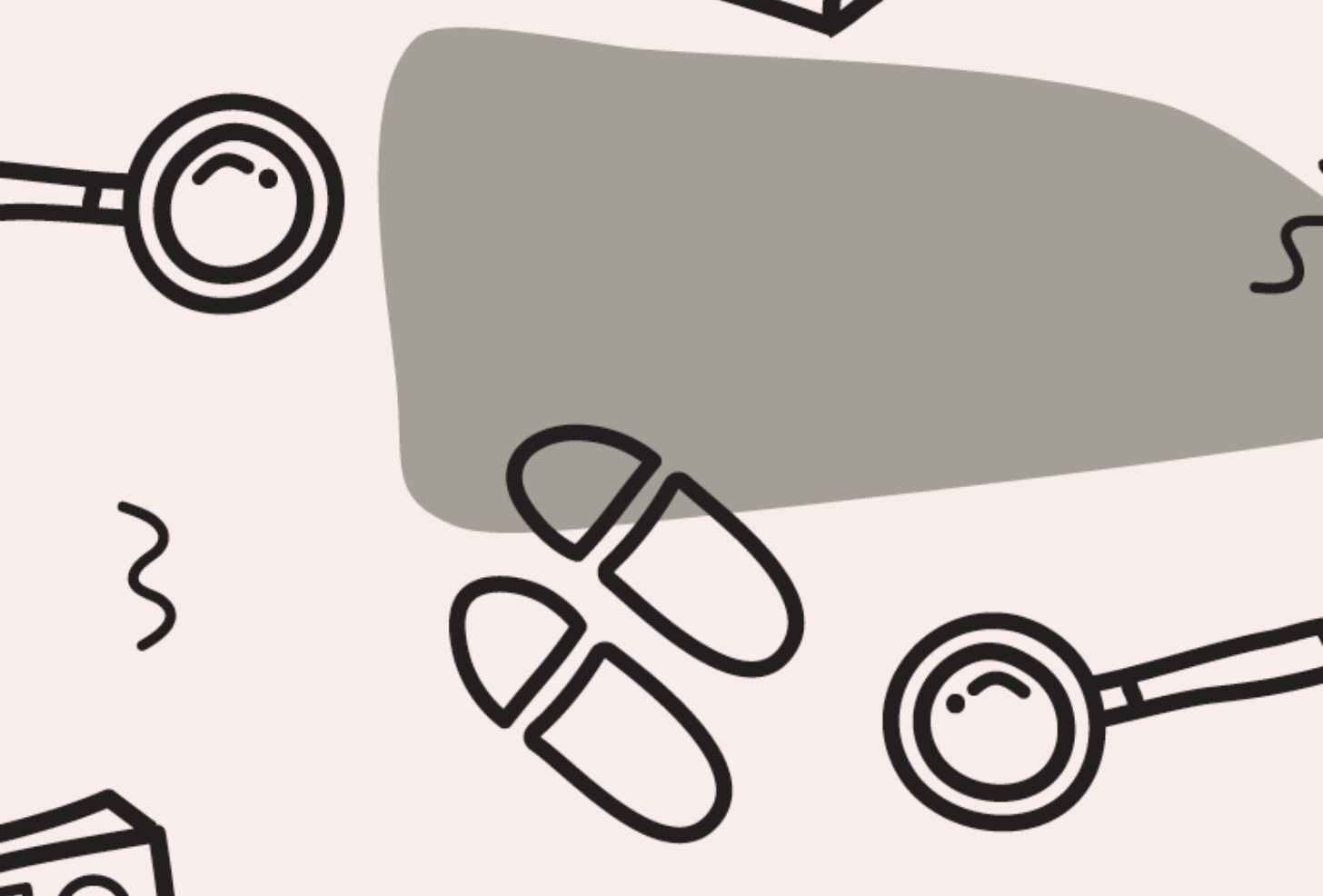 Detectives da arte (Art detectives)
Detectives da arte (Art detectives)Primary Education (3rd and 4th)
A dynamic visit in which, through a game of investigation and research, we work on fundamental concepts of art and learn through observation. There has been a robbery at the Museum and we must find the culprits urgently. The investigators' notebooks will be the key to solving the mystery.
60 minutes
-
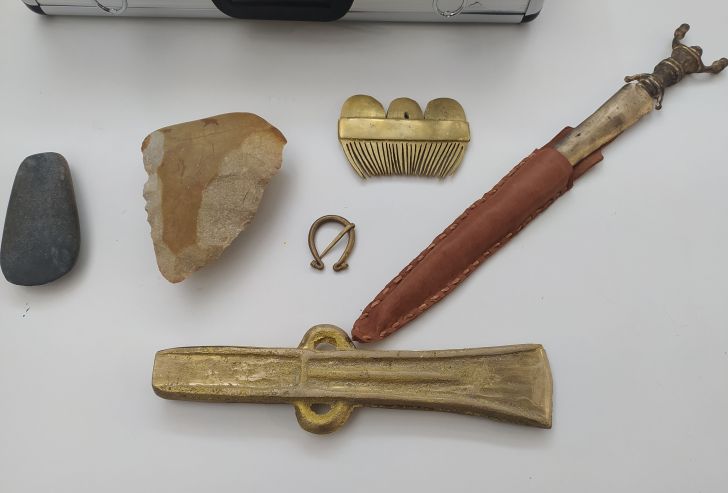 Caixa de ferramentas (Tool box)
Caixa de ferramentas (Tool box)Primary Education (3rd and 4th)
With different games and the use of replicas of various objects exhibited in the showcases, we will explain the evolution of technology, the use of different raw materials and the gradual transformation of material culture. Students will be able to see, touch and have fun learning archaeological concepts in an entertaining and dynamic way, being hands on in the visit at all times.
Designed for all children, and to facilitate the inclusion of pupils with specific needs.60 minutes
-
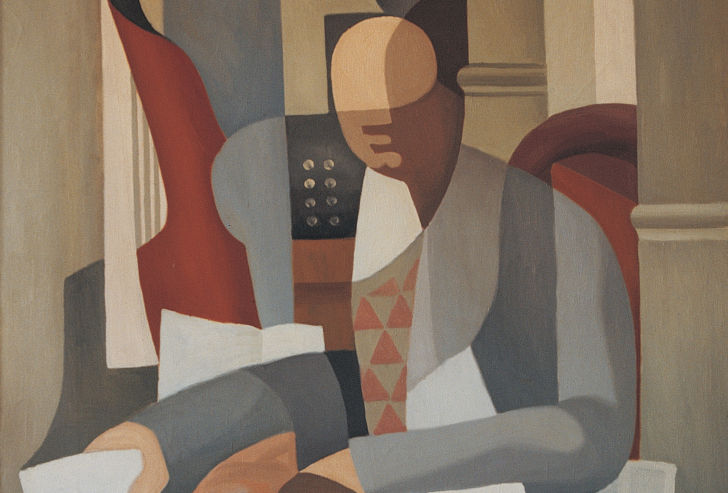 Trazos da arte contemporánea (Strokes of contemporary art)
Trazos da arte contemporánea (Strokes of contemporary art)Primary Education (5th and 6th)
Dynamic visit to learn about some of the aesthetic characteristics in the evolution of 20th century art: the subjectivity and expressiveness of colours, shapes, from figuration to abstraction...
60 minutes
-
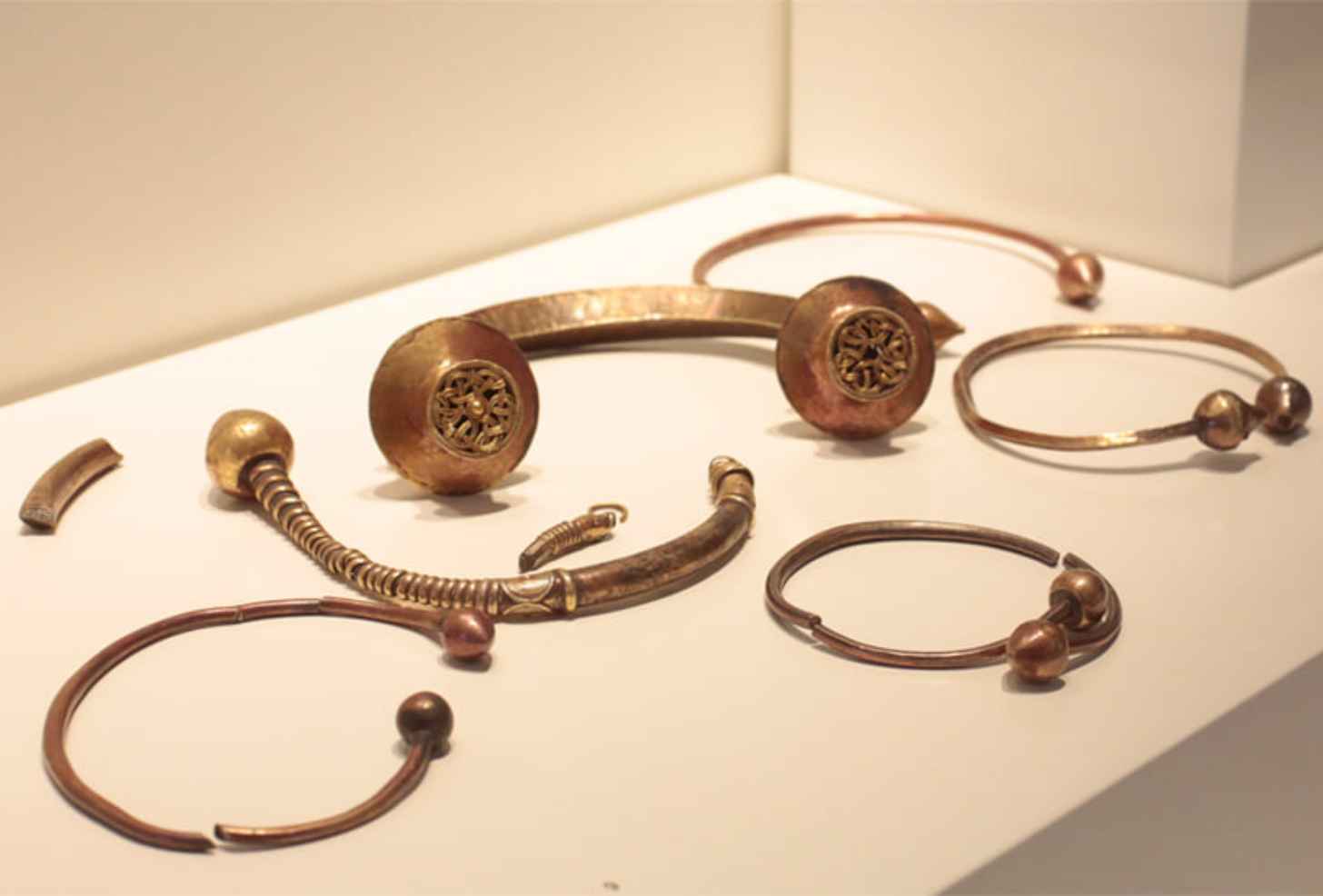 Unha viaxe pola prehistoria (A journey through prehistory)
Unha viaxe pola prehistoria (A journey through prehistory)Primary Education (5th and 6th)
A tour of the archaeology rooms, from the Palaeolithic to the Roman period, in which students will delve into some of the most relevant aspects of our ancestors' lives thanks to the archaeological remains on display.
Visitors can choose between two options: a guided tour or a tour with educational information sheets for students.
60/75 minutes
-
 Meu Castelao (My Castelao)
Meu Castelao (My Castelao)Primary Education (5th and 6th)
Guided visit of the rooms dedicated to the figure of the brilliant Galician writer Alfonso Daniel Rodríguez Castelao. We will discover his multifaceted character and understand why nothing in Galicia would be the same today without this figure.
60 minutes
-
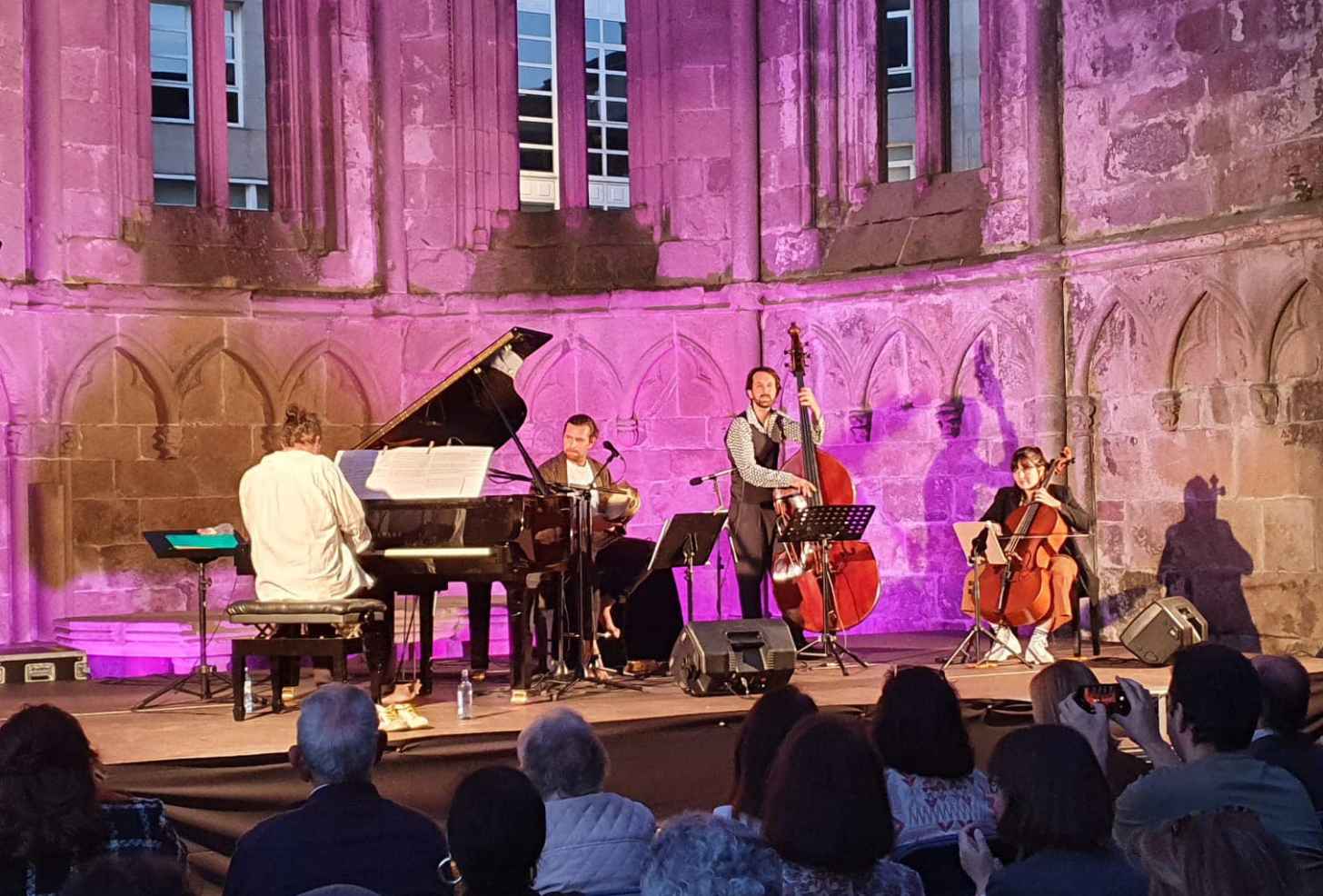 Visita a las Ruinas de Santo Domingo (Visit to the Ruins of Santo Domingo)
Visita a las Ruinas de Santo Domingo (Visit to the Ruins of Santo Domingo)Primary Education (5th and 6th)
Guided visit of the conventual remains of the Ruins of Santo Domingo, an opportunity to learn about medieval architecture and history.
It is open seasonally (from 15 March to 31 October) and is subject to the weather.45 minutes
-
 Museando. Descubrir a arte a través do xogo
Museando. Descubrir a arte a través do xogoPara 5.º e 6.º de primaria
A través dunha observación detallada e baixo a orientación do equipo do Departamento de Educación do museo, o alumnado aprenderá a descifrar os segredos que estas pezas de arte agochan. Cunha metodoloxía dinámica baseada nun xogo con tarxetas e cuestionarios, esta actividade fomenta a interacción e o traballo en equipo e busca espertar a curiosidade pola arte e a historia.
Duración: 90 minutos.
For Secondary Education we offer mediation proposals in which the active participation of the students is fundamental. We start with the work of art and generate discourses related to its reality in order to promote the artistic experience, without forgetting issues regarding diversity, gender or respect for the environment. We seek to create critical individuals, capable of having their own opinion and appreciating art in all its versions.
-
 Museando (Museuming)
Museando (Museuming)Secondary Education (1st to 4th)
A general itinerary that allows visitors to discover the Museum's most outstanding collections. Adapting the discourse to each level, the visit covers more than 300,000 years of history to observe the gradual transformation of the elements of material culture and the evolution of Galician art from the Middle Ages to the 20th century.
60 minutes
-
 Arte en femenino: visibles (Women's art: visible)
Arte en femenino: visibles (Women's art: visible)Secondary Education (1st to 4th)
Aware of the need to vindicate the role of women as active and participatory subjects in the processes to construct the social reality, with this themed visit we recover the memory of the women artists present in the Museum's collection with an interpretation committed to overcoming gender inequalities.
60 minutes
-
 Visita aos fondos arqueolóxicos e mundo antigo (Visit to the archaeological and the ancient world collections)
Visita aos fondos arqueolóxicos e mundo antigo (Visit to the archaeological and the ancient world collections)Primary Education (5th and 6th)
A tour of the archaeology rooms, from the Palaeolithic to the Roman period, in which students will delve into some of the most relevant aspects of our ancestors' lives thanks to the archaeological remains on display.
Visitors can choose between two options: a guided tour or a tour with educational information sheets for students.
60/75 minutes
-
 Os mundos de Castelao (The worlds of Castelao)
Os mundos de Castelao (The worlds of Castelao)Secondary Education (1st to 4th)
Guided visit of the rooms dedicated to the figure of the brilliant Galician writer Alfonso Daniel Rodríguez Castelao. We will discover his multifaceted character and understand why nothing in Galicia would be the same today without this figure.
60 minutes
-
 Visita a las Ruinas de Santo Domingo (Visit to the Ruins of Santo Domingo)
Visita a las Ruinas de Santo Domingo (Visit to the Ruins of Santo Domingo)Secondary Education (1st to 4th)
Guided visit of the conventual remains of the Ruins of Santo Domingo, an opportunity to learn about medieval architecture and history.
It is open seasonally (from 15 March to 31 October) and is subject to the weather.
45 minutes
For Baccalaureate we offer mediation proposals in which the active participation of the students is fundamental. We start with the work of art and generate discourses related to its reality in order to promote the artistic experience, without forgetting issues regarding diversity, gender or respect for the environment. We seek to create critical individuals, capable of having their own opinion and appreciating art in all its versions.
-
 Museando (Museuming)
Museando (Museuming)Baccalaureate
A general itinerary that allows visitors to discover the Museum's most outstanding collections. Adapting the discourse to each level, the visit covers more than 300,000 years of history to observe the gradual transformation of the elements of material culture and the evolution of Galician art from the Middle Ages to the 20th century.
60 minutes
-
 Arte en femenino: visibles (Women's art: visible)
Arte en femenino: visibles (Women's art: visible)Baccalaureate
Aware of the need to vindicate the role of women as active and participatory subjects in the processes to construct the social reality, with this themed visit we recover the memory of the women artists present in the Museum's collection with an interpretation committed to overcoming gender inequalities.
60 minutes
-
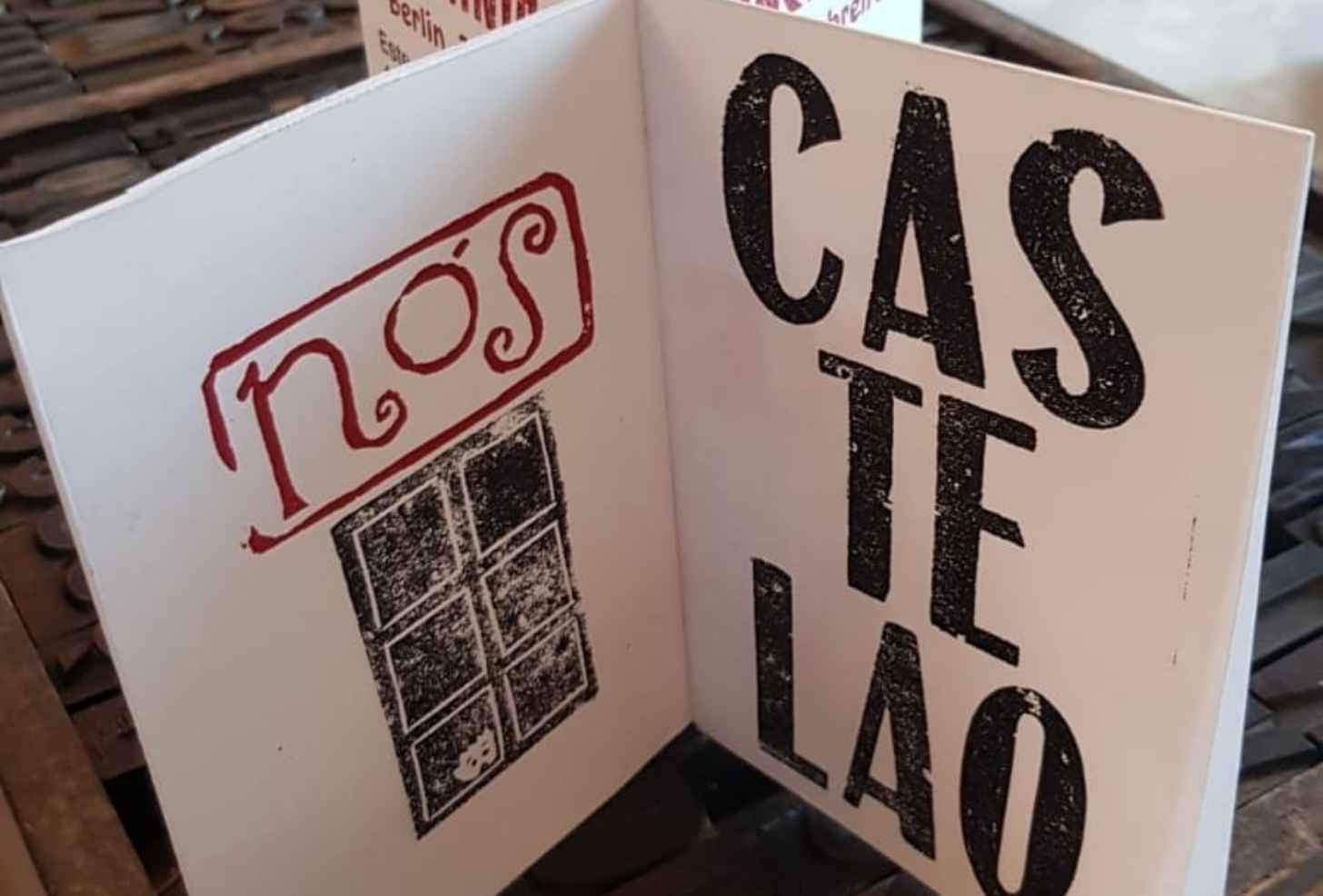 Os mundos de Castelao (The worlds of Castelao)
Os mundos de Castelao (The worlds of Castelao)Baccalaureate
Guided visit of the rooms dedicated to the figure of the brilliant Galician writer Alfonso Daniel Rodríguez Castelao. We will discover his multifaceted character and understand why nothing in Galicia would be the same today without this figure.
60 minutes
-
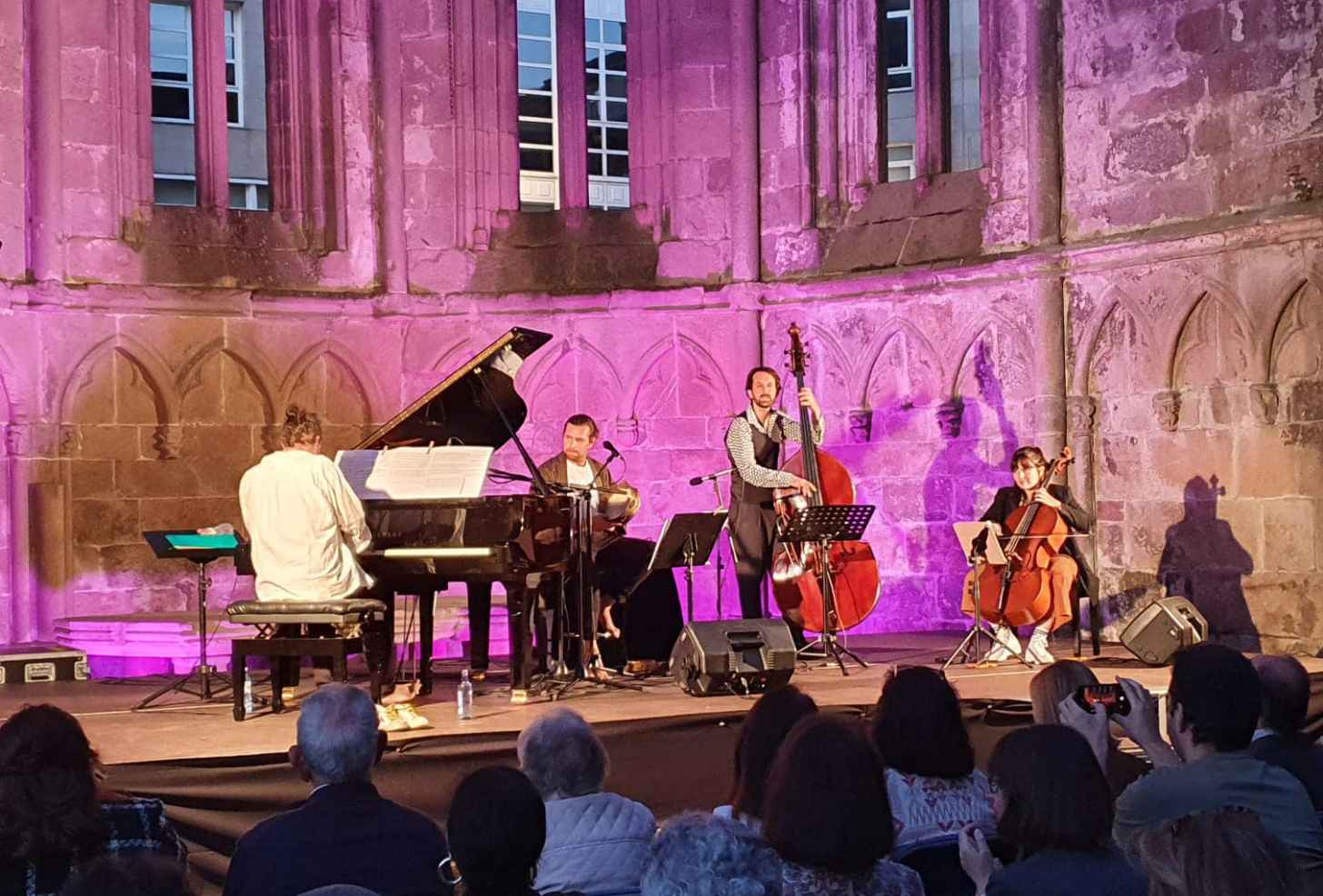 Visita a las Ruinas de Santo Domingo (Visit to the Ruins of Santo Domingo)
Visita a las Ruinas de Santo Domingo (Visit to the Ruins of Santo Domingo)Baccalaureate
Guided visit of the conventual remains of the Ruins of Santo Domingo, an opportunity to learn about medieval architecture and history.
It is open seasonally (from 15 March to 31 October) and is subject to the weather.
45 minutes
Material educativo
-
Museando
-
Os mundos de Castelao
-
Meu Castelao
-
Arte en Femenino - Visibles
-
Detectives da arte 1
-
Detectives da arte 2
-
Un percorrido pola arte da primeira metade do S.XX dende a perspectiva de xénero

